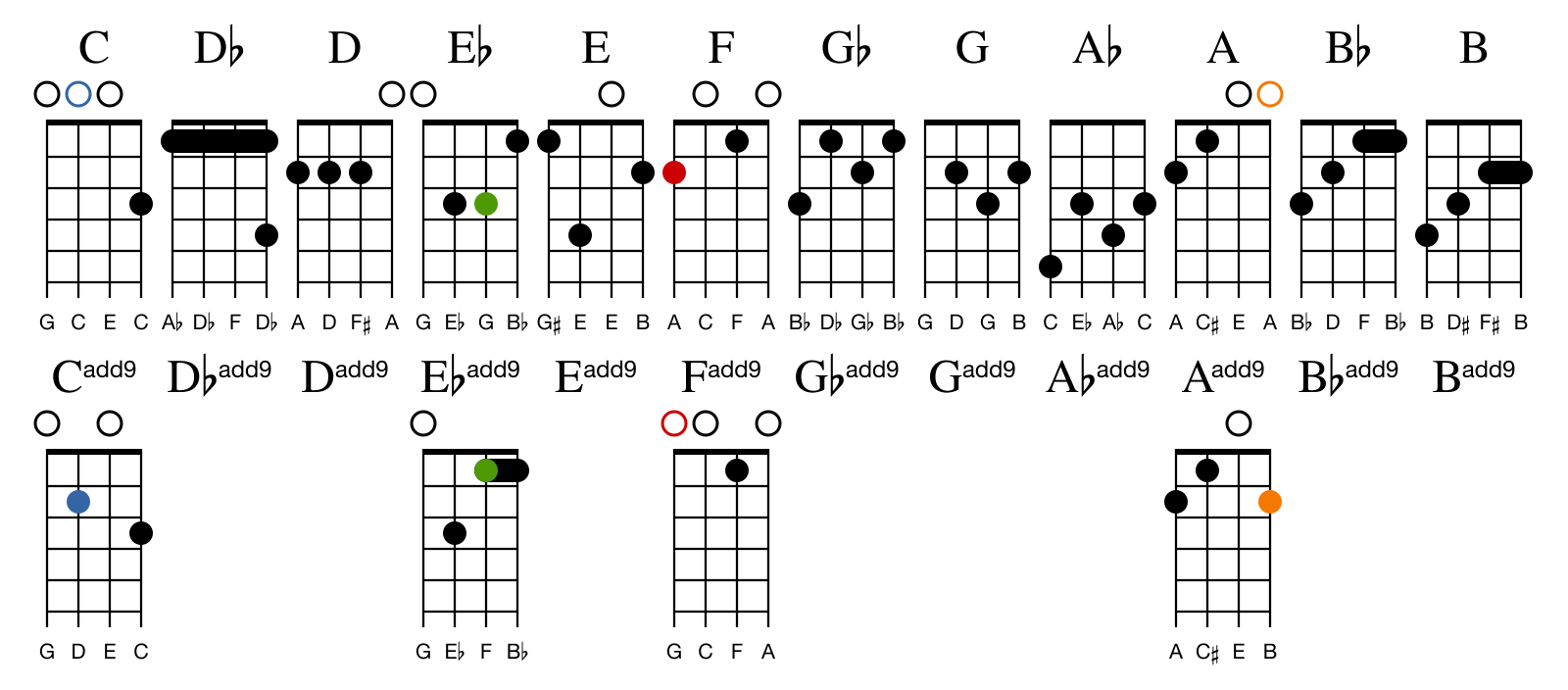

Some guitarists even use “drop D tuning,” tuning the low E string down to a D to make an especially rich, resonant D chord! The strings that are held down resonate beautifully with the open strings, creating a bright sound. The D Major chord is fairly easy to play on the guitar because the guitar’s strings are EADGBE, thus two of the notes of the D chord, D and A, are already available in the open strings, and so a basic D chord only requires three fingers.
#Second notes on the d scale how to#
How to Play the D Chord Position on Your Guitar

Plus, on a purely practical level, if you sing along with your guitar and haven’t yet developed a broad vocal range, you’ll probably find the high and low notes in the key of D easy to hit without straining. D has a magical power to lift you up and set you on a mountaintop. Why is it that when you hear a song that’s filled with joy, hope, and glory (like Paul McCartney’s “Maybe I’m Amazed”), or, on the other hand, a song that takes life’s lemons and turns them into lemonade (like Jimmy Cliff’s “I Can See Clearly Now”), you’ll find that the song is written in the key of D? Because that’s precisely the character of this amazing key. The D Chord Position on the Guitar: Giving Wings to Your Guitar Strings

Because the violin’s strings are tuned to GDAE (like a backwards bass guitar) they’re naturally sympathetic to the key of D, and thus many great composers, including Beethoven, Mozart, Tchaikovsky, and Stravinsky, wrote violin concertos in this key.Īt the other end of the cultural spectrum, one reason for the popularity of the key of D Major is the fact that historically most tin whistles have been playable only in D, which meant that if you wanted to play your guitar along with the pub’s whistler, you had to play in D. In the Baroque period the key of D major was often called “the key of glory,” and it went on to become one of the most popular keys for composers of the classical and romantic periods. It’s the third most popular key used in all songs on Spotify, but we’re willing to bet that if you took out all the doom, the gloom, and the my-baby-done-left-me blues, you’d probably find that most popular songs are played in the key of D. Vitamin D - the Sunshine Vitamin: Just A Few Great Songs in the Key of Dĭ Major History Lesson: Little Miss Popularity D-Chord on Guitar.Common Chord Progressions in the Key of D.Theory and Practice: The Pattern of the D Major Scale Explained.How to Play the D Chord Position on Your Guitar.The D Chord Position on the Guitar: Giving Wings to Your Guitar Strings.D Major History Lesson: Little Miss Popularity.The Submediant is half way between subdominant and tonic. The Mediant is half way between the tonic and dominant. The Leading Note is below it (play a scale and when you get to the the Leading Note you will hear that it sounds like it “wants to” head back up to the tonic). The supertonic is above the tonic (super=above in Latin). Get these 3 degrees firmly rooted in your mind. The 4th is actually 5 below the tonic (hence the name subdominant – “sub” means below in Latin. The 5th is 5 above the tonic and so is called the dominant. Start by learning the 1st, 4th and 5th degrees: However, if you follow this 3 step process you should find it a bit easier to remember them: You could make up a rhyme, but the problem is that 3 of the degrees begin with the letter “S”. Remembering the degrees of the scale can be quite tricky. How To Remember The Degrees of the Scale – A 3 Step Process Here are the degrees of the scale for a C major scale: Therefore, each degree of the scale is given a technical name: We could number them 1-8, but this would get confusing when we start to talk about other numbers such as beats in a bar, chord numbers and fingering for instruments such as piano or guitar. These individual notes are called degrees of the scale.


 0 kommentar(er)
0 kommentar(er)
